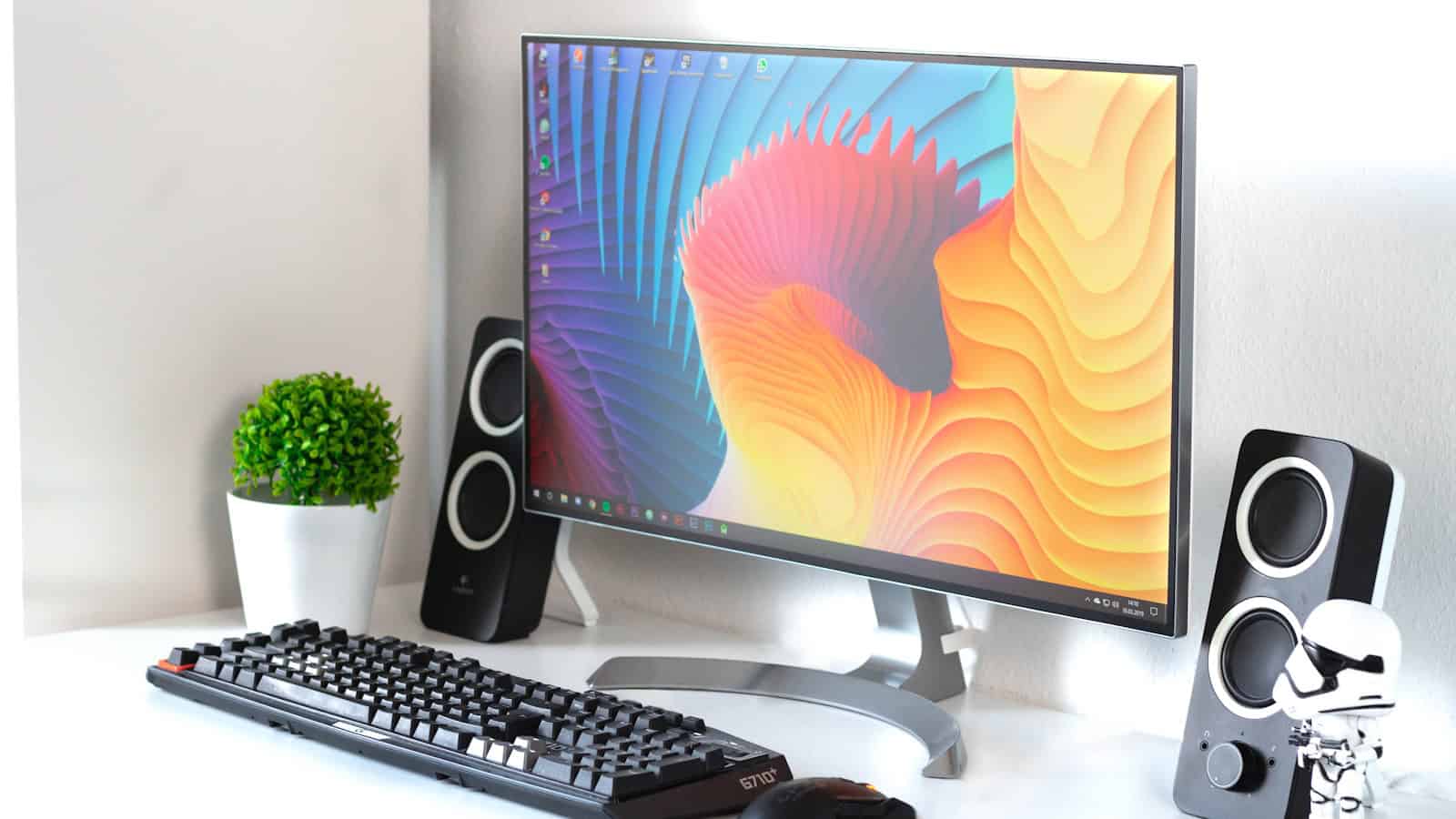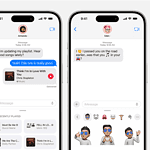Buying a new PC can be exciting but also confusing. There are many features to think about. A good PC should have a fast processor, enough memory, and storage space for your needs. These parts help your computer run smoothly and quickly.
Screen size matters too. A bigger screen is easier to read, especially for older eyes. But if you need to move your PC around, a smaller screen might be better. Think about what you’ll use your PC for most. This will help you pick the right features.
What Features to Look for in a New PC
Buying a new PC can feel overwhelming, especially with the endless specs, buzzwords, and marketing fluff. Whether you’re upgrading your setup, buying your first desktop, or replacing an aging laptop, here are the most important features to consider — broken down into plain English so you can make the right choice without the tech headache.
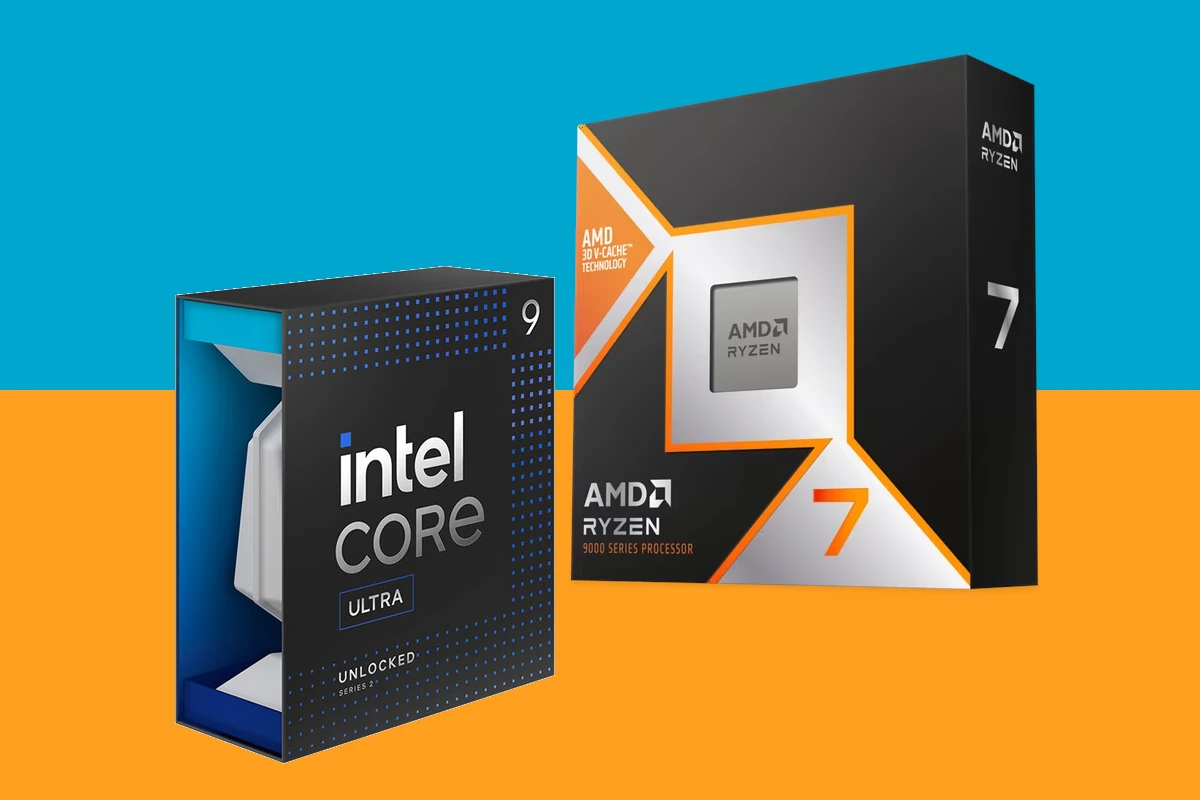
1. Processor (CPU) – The Brain of Your PC
Look for: Intel Core i5/i7/i9, Intel Core Ultra 5/7/9, or AMD Ryzen 5/7/9
The CPU handles most of your computer’s tasks. For general use (web browsing, streaming, Office apps), an Intel Core i5 or Ryzen 5 is great. If you’re into gaming, video editing, or programming, go for a Core i7/i9, Core Ultra 7/9, or Ryzen 7/9.
Intel’s Core Ultra is the new naming scheme starting with their Meteor Lake chips, which offer big upgrades in AI processing, power efficiency, and integrated Arc graphics. If you’re buying a laptop, Core Ultra chips are a great pick for better battery life and advanced features in 2024 and beyond.
Newer generations (like Intel 13th/14th-gen or AMD Ryzen 7000/8000 series) bring better speed, power efficiency, and compatibility with the latest features like DDR5 RAM and PCIe Gen 5.
2. Memory (RAM) – Multitasking Power
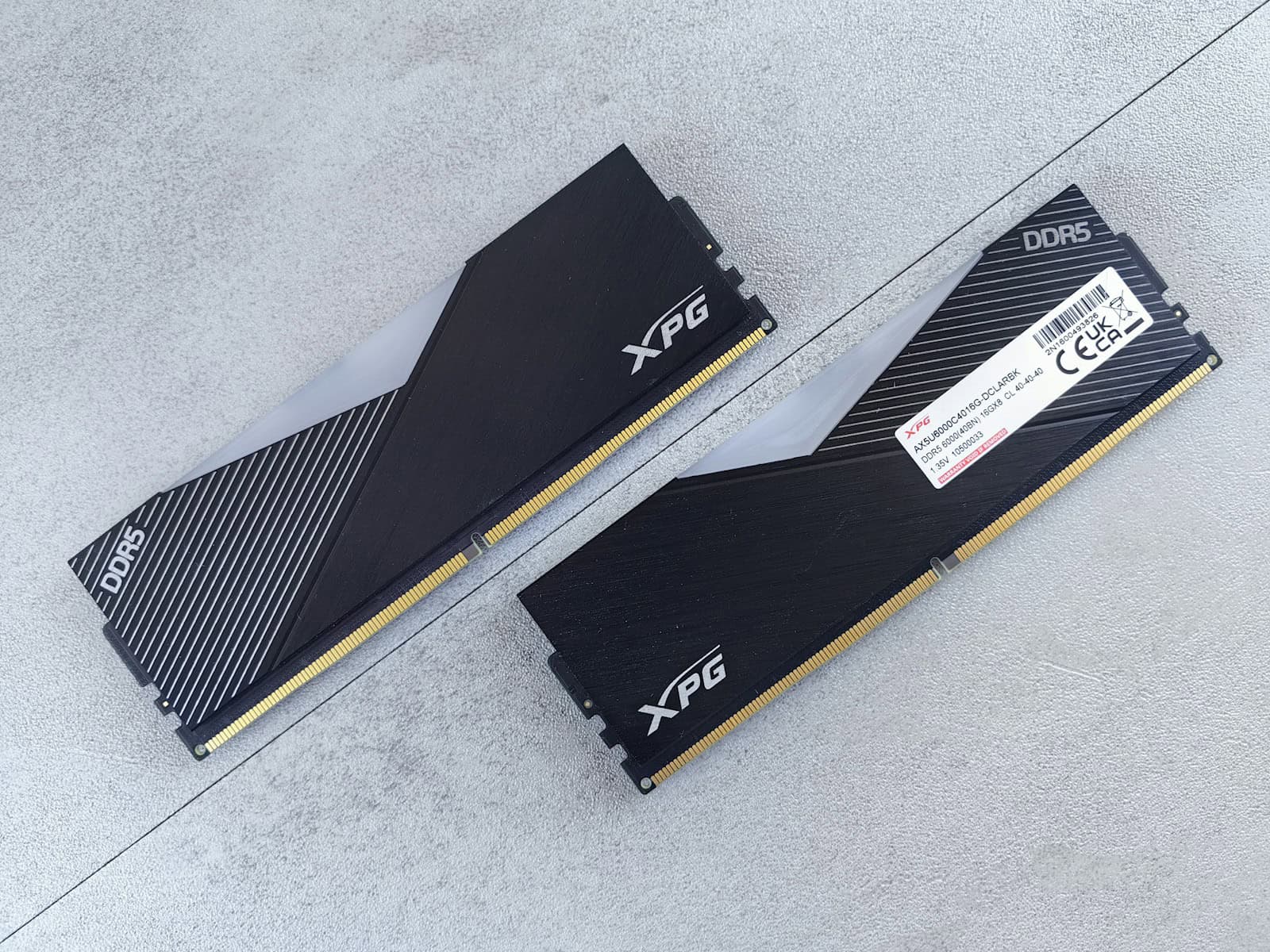
Look for: At least 16GB DDR4 or DDR5 RAM
8GB is the bare minimum in 2025, but 16GB is the sweet spot. More RAM lets you open more apps or browser tabs without slowdowns. For gamers, creators, and multitaskers, 32GB is worth it.
3. Storage (SSD vs. HDD) – Speed and Space
Look for: 512GB or 1TB SSD (NVMe preferred)
Skip hard drives unless you’re on a tight budget. SSDs (especially NVMe models) are dramatically faster, making your PC boot quicker and apps load instantly. Bonus: combine an SSD for your system and an HDD for extra storage if you need tons of space.
4. Graphics Card (GPU) – Essential for Gaming & Creative Work
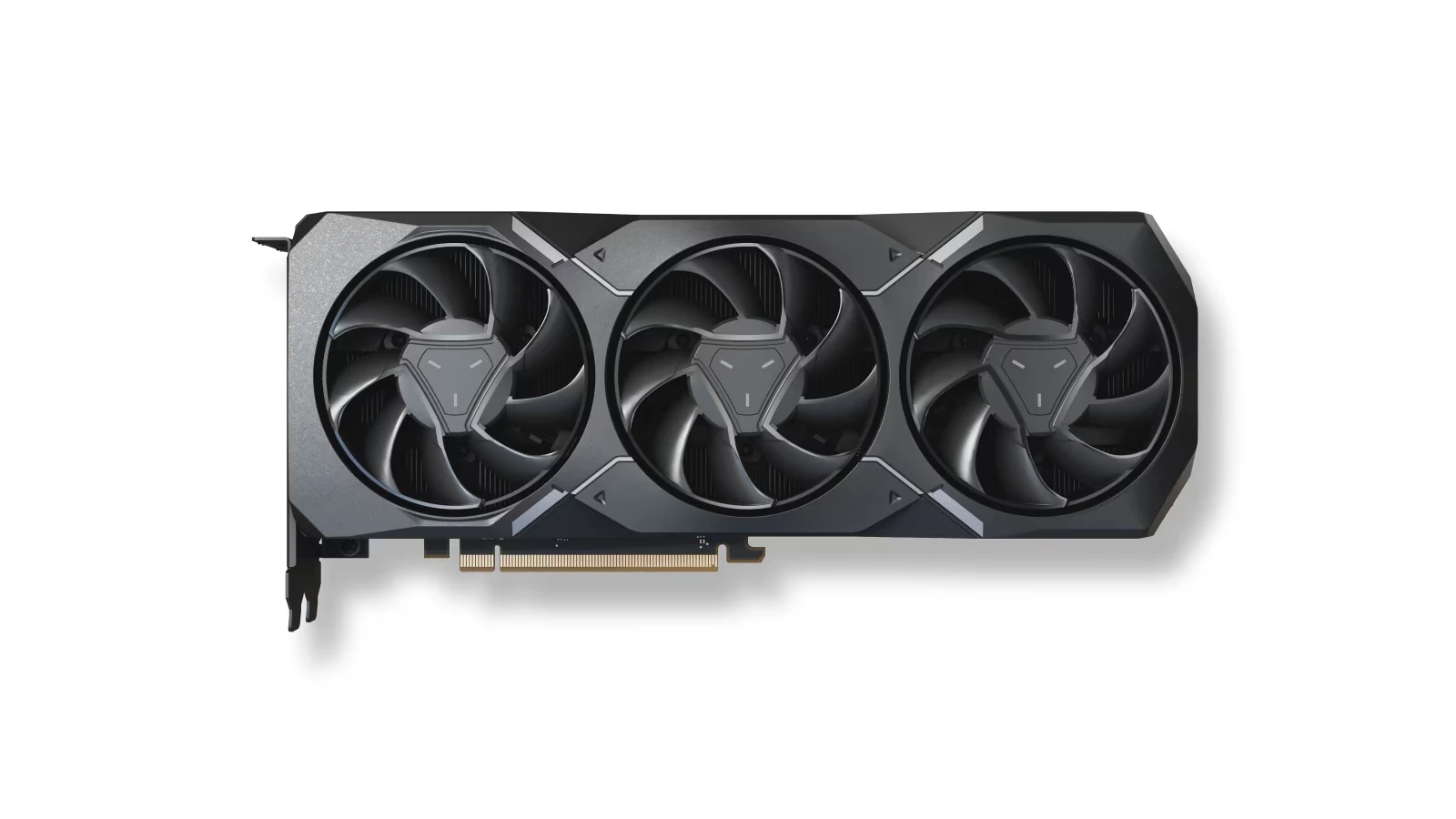
Look for:
- NVIDIA GeForce RTX 4060 or better (for gaming/editing)
- Integrated graphics like Intel Arc (in Core Ultra CPUs) or AMD Radeon for basic tasks
If you’re gaming, editing video, or using 3D software, a dedicated GPU is a must. But if you’re using a laptop with a Core Ultra CPU, the built-in Intel Arc graphics are surprisingly capable for casual gaming and creative work.
5. Display (for Laptops or All-in-Ones)
Look for: 1080p resolution at minimum, 144Hz refresh rate for gaming, and IPS for better color
A bright, sharp screen makes everything better. Gamers should aim for high refresh rates, and creative users should consider color-accurate screens.
6. Ports and Connectivity
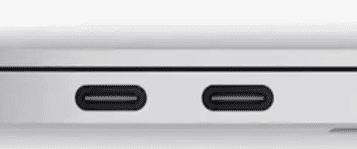
Look for:
- USB-C and USB-A
- HDMI or DisplayPort
- Wi-Fi 6 or Wi-Fi 6E
- Bluetooth 5.0 or higher
Make sure your PC can connect to everything you need — monitors, accessories, wireless devices, and fast internet.
7. Build Quality and Cooling
Look for: Good airflow (for desktops) and solid chassis (for laptops)
Cheap builds get hot fast and wear down quicker. Desktops should have decent fans and space for upgrades. Laptops should feel sturdy, not plasticky.
8. Operating System & Software
Look for: Windows 11 or the latest macOS
Some PCs come with unwanted pre-installed software (bloatware). Try to get a “clean install” or uninstall what you don’t need.
9. Upgradability (for Desktops)
Look for: Standard-sized case, extra RAM slots, room for more drives
Futureproof your setup by choosing a desktop that lets you upgrade the GPU, RAM, or storage later.
10. Battery Life (for Laptops)
Look for: 8+ hours of battery life for all-day use
Don’t trust manufacturer claims — check real-world reviews. Some powerful laptops drain fast if they’re always running demanding apps.
Bonus Tips:
- Touchscreens and 2-in-1s are great for students or tablet lovers.
- RGB lighting? Cool, but not essential.
- Prebuilt vs. Custom Desktop: Prebuilt PCs are more convenient, but custom builds can be cheaper and more powerful if you know what you’re doing.
Buying a new PC doesn’t have to be complicated — it just needs to match what you actually use it for. Let your needs guide the specs, and you’ll get a machine that’s fast, reliable, and worth every penny.
Key Takeaways
- Choose a PC with a fast processor and enough memory for your tasks
- Pick a screen size that fits your needs and eyesight
- Make sure the PC has the right parts for what you want to do with it
Essential Hardware Components
A new PC needs several key parts to work well. These include a fast processor, enough memory and storage, and good graphics capabilities.
Processor and Performance
The CPU is the brain of a PC. It handles all the main tasks. Intel and AMD make the most popular CPUs. Look for a CPU with multiple cores. More cores let you do more things at once. The clock speed also matters. A higher number means faster processing. For basic use, a 4-core CPU is fine. For gaming or heavy work, aim for 6 or 8 cores.
Some CPUs have built-in graphics. This can save money if you don’t need a separate graphics card. But for gaming or video editing, a dedicated card is better.
Memory and Storage Solutions
RAM is short-term memory for your PC. More RAM helps your computer run faster. 8GB is the minimum for most users. 16GB or more is better for gaming or professional work.
For storage, SSDs are much faster than old hard drives. They help your PC start up and load programs quickly. A 500GB SSD is good for most people. If you need more space, add a second drive.
M.2 SSDs plug right into the motherboard. They’re very fast and take up less space. For the newest PCs, look for NVMe SSDs. They’re the fastest type available.
Graphics and Display Quality
A good graphics card is key for gaming and video work. It creates the images you see on screen. For basic use, a CPU’s built-in graphics might be enough.
For gaming, look at cards that can handle 1080p resolution. This is standard for most monitors. Higher-end cards can do 4K or even 8K.
Think about your monitor too. A 1080p screen is common. But 1440p or 4K screens offer sharper images. Make sure your graphics card can handle the resolution you choose.
System Compatibility and Usability
When picking a new PC, it’s key to think about how well it works with different software and hardware. This includes the operating system, ways to connect devices, and the computer’s size and shape.
Operating System and Software
Windows is the most common PC operating system. It works with many programs and games. Windows 11 is the newest version. It needs newer hardware to run well.
Macs use macOS. It’s known for being easy to use and safe from viruses. Macs work great with other Apple products like iPhones and iPads.
Chrome OS is found on Chromebooks. It’s simple and fast, but doesn’t run as many programs as Windows or macOS.
Make sure your favorite apps work on the operating system you choose.
Connectivity and Expansion
New PCs should have plenty of ways to connect devices. Look for USB ports to plug in keyboards, mice, and external drives. Newer USB-C ports are faster and can charge devices too.
Wi-Fi lets you connect to the internet without wires. Ethernet ports are good for fast, stable internet.
Thunderbolt ports are very fast. They can connect to monitors, external graphics cards, and more.
Check that the PC has all the ports you need for your devices.
Form Factors and Design
PCs come in different shapes and sizes. Desktop towers are big and easy to upgrade. They’re good for work or gaming.
All-in-one desktops have the computer built into the screen. They save space but are harder to upgrade.
Laptops are portable. They come in many sizes, from small and light to big and powerful.
Mini PCs are tiny desktop computers. They’re great for basic tasks and don’t take up much room.
Pick a form factor that fits your space and how you’ll use the computer.

